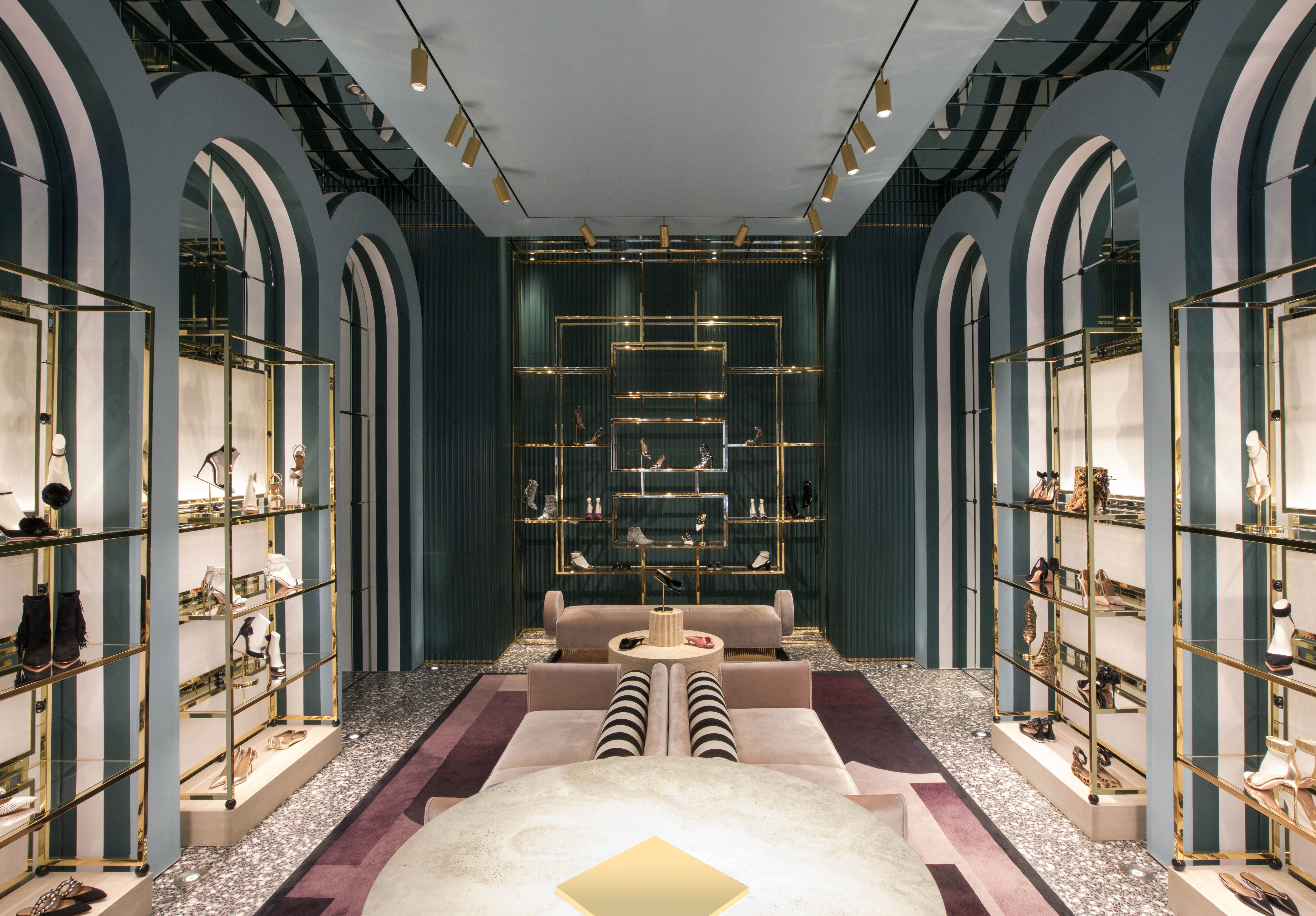A Deep Study the World of High-Fashion Runways: Recognizing Apparel as Art
Developers, much like masterful artists, weave intricate narratives with kind, material, and color, redefining and testing traditional standards elegance requirements. As we check out these sartorial spectacles, we must contemplate: what role does fashion play in forming social values, and how does it show the ever-changing tapestry of human feeling and identity?
The Development of Runway Shows
The trajectory of path programs has actually transformed substantially over the decades, developing from exclusive industry occasions to exciting eyeglasses that mix fashion with art. Typically, runway shows made love events, held in ateliers or tiny locations, mostly participated in by purchasers and market experts. These early discussions concentrated on the garments' workmanship and business viability, offering a straight and useful screen of seasonal collections.
As the apparel industry broadened, the nature of path programs began to transform. The 1970s and 1980s noted a transforming point, with designers seeking to distinguish themselves through more staged discussions. This period saw the increase of elaborate sets, choreographed designs, and thematic stories, proclaiming a new age where the runway ended up being an experiential platform. The programs transformed into a kind of narration, where each collection communicated an unique narrative or principle.
Recently, innovation and social media sites have additionally transformed runway programs, making them easily accessible to a global target market. Livestreaming and digital platforms have democratized fashion, allowing lovers worldwide to witness these events in real-time (boutique fashion). This evolution shows a wider cultural change, where high-fashion paths serve as a vibrant crossway of development, design, and performance
Designers as Dreamer Artists
Designers in the high-fashion industry have actually obscured the lines in between practical garment creation and the theoretical realm of art. By embracing creative disciplines such as sculpture, paint, and avant-garde installments, designers craft garments that challenge typical fashion standards and elevate them to art types.
Visionary designers draw ideas from a myriad of resources, including abstract art, historic recommendations, and personal stories. They have an unique capacity to envision and emerge ideas that push the borders of standard fashion, typically redefining visual paradigms at the same time. This imaginative ingenuity is showcased through dramatic shapes, innovative products, and elaborate workmanship, which invite audiences to experience style as more than just wearable products.
Furthermore, the path serves as a canvas for these musicians, where lights, music, and set layout coalesce to produce immersive experiences. These discussions are not merely screens of clothes yet are coordinated efficiencies that stimulate feeling and provoke thought, verifying the designer's function as a true musician in the contemporary social landscape.
Cultural Impacts in Fashion
Cultural tapestry weaves its complex patterns right into the textile of fashion, affecting designers around the world. The vibrant interchange of cultural stories, traditions, and signs informs and motivates collections that poise high-fashion runways. Developers diligently attract from their heritage or engage with societies distinct from their own, crafting garments that work as aesthetic narratives. This social discussion not only improves the aesthetic diversity yet also cultivates a much deeper understanding and admiration of global identities.
The influence of society on fashion is commonly seen in the reinterpretation of standard garments and patterns. The usage of Japanese bathrobes, Indian saris, or African prints in modern style mirrors a mix of cultural authenticity and modern-day visual appeals. Designers such as Valentino's Pierpaolo Piccioli and Alexander McQueen's Sarah Burton have been known discover this to incorporate rich social themes right into their couture collections, equating history right into wearable art.

Technology in Textile and Design
Technology in fabric and layout consistently improves the landscape of high-fashion, pushing boundaries and redefining opportunities. Designers are increasingly checking out the assimilation of innovation, such as 3D printing, which permits for the creation of complex frameworks that were formerly unimaginable.
The style industry is observing a rise in the usage of green materials, obtained from recycled plastics, organic fibers, and even naturally degradable elements. Developers are embracing these materials to craft garments that are both mindful and visually striking of their environmental impact.
In terms of style, experimental kinds and avant-garde silhouettes are constantly reinventing the path. By including non-traditional products and cutting-edge strategies, designers cultivate garments that blur the line between style and art, setting new requirements for imagination and expression in the high-fashion ball.
Impact of Fashion on Culture
Fashion possesses an extensive impact on society, acting as both a representation of cultural identity and a driver for social change. Through its advancement, style has actually mirrored societal shifts, encapsulating the zeitgeist of various eras. For example, the flapper gowns of the 1920s embodied a newfound feeling of females's freedom, while the bold prints of the 1960s echoed the innovative spirit of the time. High-fashion paths, particularly, act as systems for tough norms and redefining appeal criteria. Designers utilize these locations to deal with pushing social concerns, from sustainability to diversity, therefore shaping public discourse.
Furthermore, style has the power to bridge cultural spaces, promoting understanding and admiration amongst varied teams. As globalisation increases, the cross-cultural exchange of style concepts becomes progressively significant, promoting inclusivity and diversity. The surge of streetwear, originating from city subcultures, shows how style can transcend socio-economic borders, granting individuals a method of self-expression and empowerment.
Fundamentally, fashion is not just regarding aesthetic appeals; it is a dynamic force that affects worths, attitudes, and societal progression (boutique fashion). By constantly connecting with social and social currents, fashion remains an indispensable component of the collective human experience

Final Thought
Designers, comparable to visionary musicians, coordinate collections that mirror identity, feeling, and cultural stories, testing conventional aesthetics. This intersection of fashion and creativity not just captivates target markets worldwide however also affects social assumptions and promotes a much deeper recognition for cultural variety.

Cultural tapestry weaves its detailed patterns right into the fabric of style, influencing developers around the world.Style wields a profound influence on society, serving as both a reflection of social identification and a stimulant for social modification.